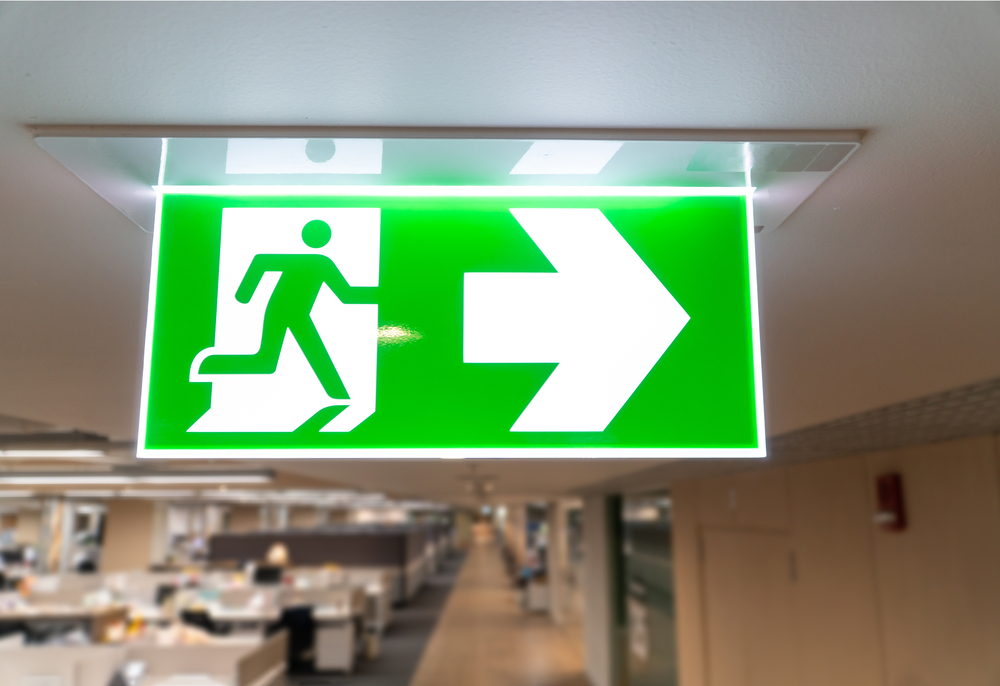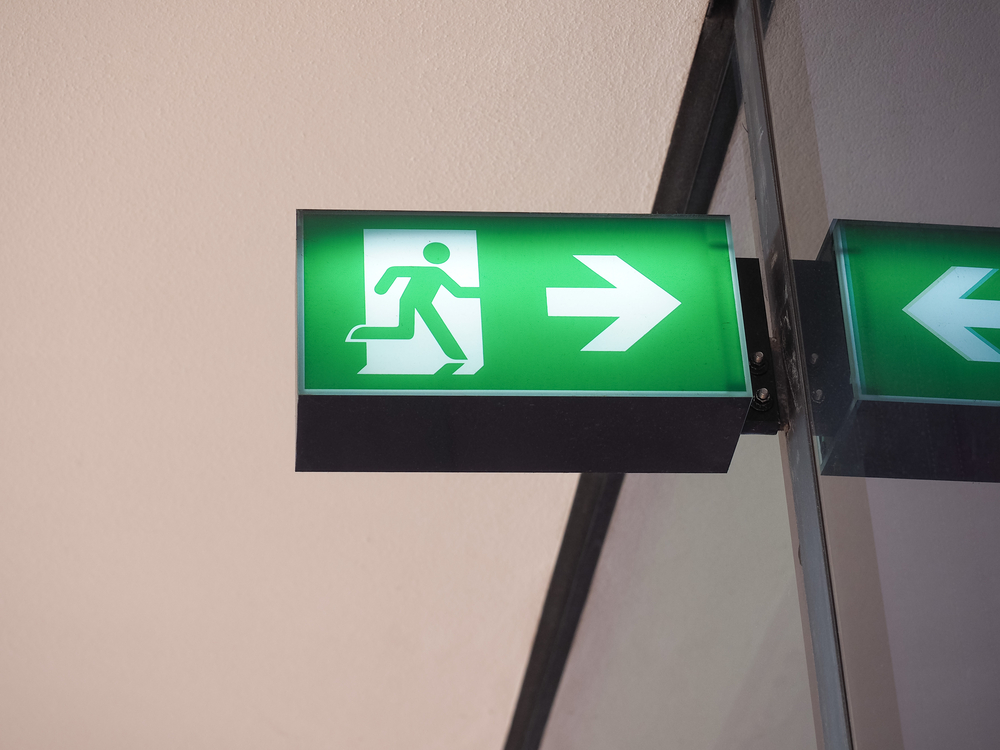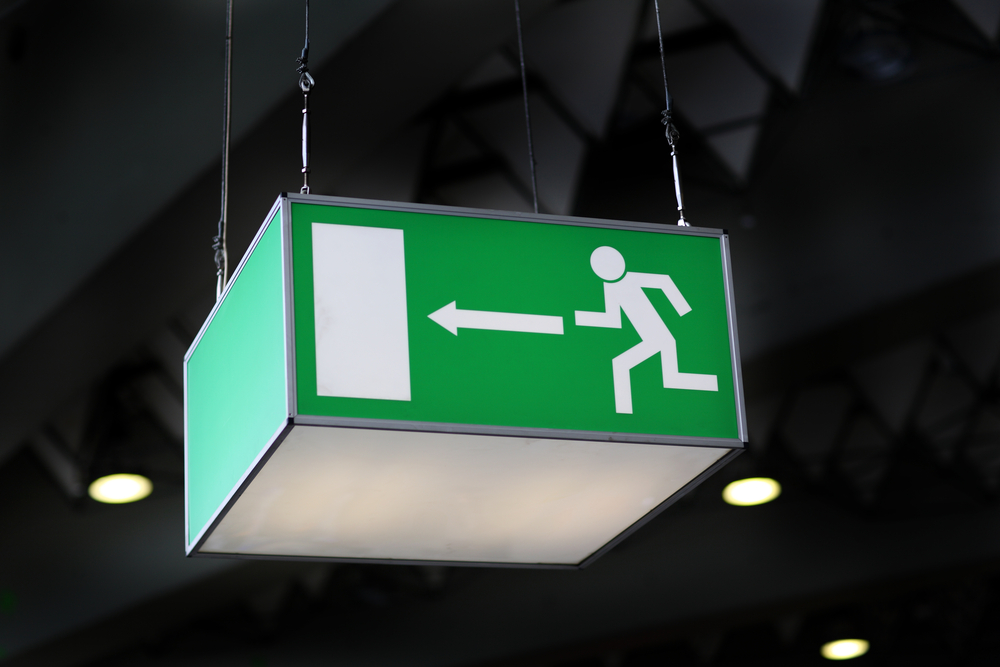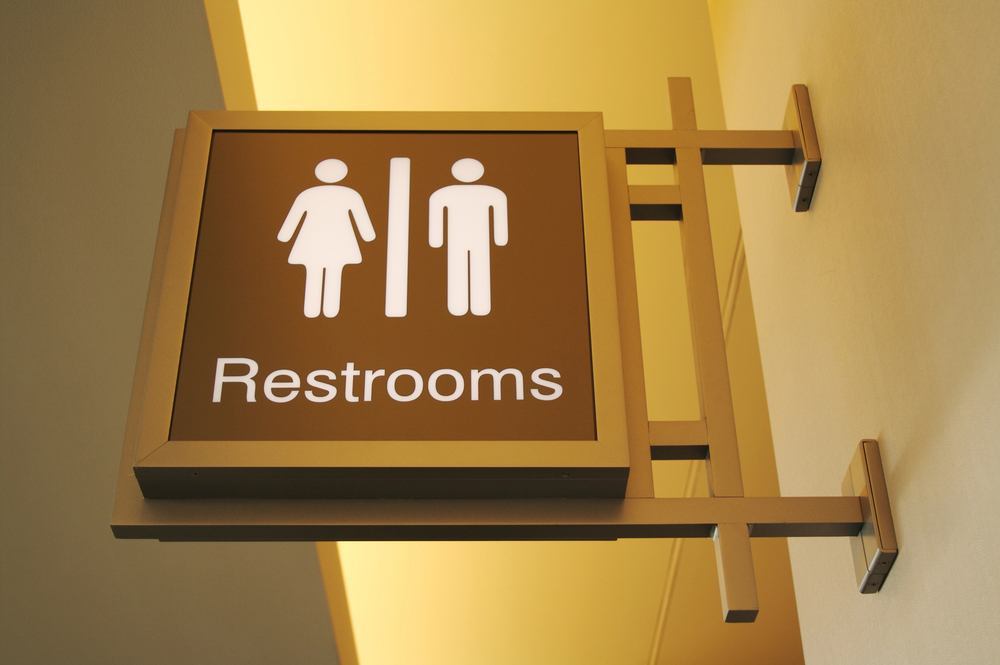Ever spent 15 minutes wandering a labyrinthine office building, desperately searching for a meeting room? You’re not alone. Poor wayfinding signage, often an afterthought, can be a silent productivity killer in large corporations. Studies show that employees waste a significant amount of time – some estimates say up to X% – simply navigating unfamiliar office spaces. Beyond wasted time, getting lost can create stress and frustration for employees, impacting morale and overall well-being.
This is where effective wayfinding signage steps in as the unseen hero of productivity. Tupp Signs, a leading provider of commercial signage solutions since 1928, understands the importance of clear and well-designed wayfinding systems.
Here’s why wayfinding signage matters:
- Boosts Efficiency and Saves Time: Clear signage helps employees, visitors, and clients find their destinations quickly and efficiently. This reduces wasted time spent wandering and allows everyone to focus on their core tasks.
- Creates a Positive First Impression: A well-designed wayfinding system with a professional and polished look creates a positive first impression for clients and visitors.
- Enhances Employee Satisfaction: When employees can navigate the office with ease, it reduces stress, improves time management, and fosters a sense of familiarity, leading to increased satisfaction.
- Subtly Reinforces Brand Identity: Wayfinding signage can be subtly incorporated to reinforce your company’s branding through consistent colors, fonts, and logos. This creates a cohesive brand experience throughout the office space.
- Ensures Safety and Security: Clear signage for emergency exits, fire escapes, and safety equipment is crucial for ensuring everyone’s well-being during critical situations.

Beyond Basic Direction: The Multifaceted Benefits of Effective Wayfinding
We’ve established that clear wayfinding signage isn’t just about pointing people in the right direction – it’s a powerful tool that significantly impacts your office environment. Now, let’s explore the multifaceted benefits of implementing an effective wayfinding system:
-
Enhanced Navigation & Efficiency:
Imagine this: a new client arrives for a meeting, unsure of where to go. A well-designed wayfinding system, starting with a clear building directory at the entrance, guides them effortlessly. Floor plans displayed throughout the office, along with strategically placed departmental signs, ensure they reach their destination quickly and efficiently.
Actionable Tip: Create a clear hierarchy of information. Building directories should list floors and departments prominently. Floor plans, strategically placed near elevators and common areas, should be easy to understand with clear color-coding and department designations. Departmental signs outside office spaces should be large enough to read from a distance and use consistent fonts and colors for easy identification.
-
Improved First Impressions:
A well-designed wayfinding system goes beyond functionality; it creates a positive first impression for clients and visitors. Modern, visually appealing signage that complements your office’s design aesthetic communicates professionalism and attention to detail. Think clean lines, high-quality materials, and a color scheme that reflects your brand identity.
For inspiration: Tupp Signs offers a wide range of wayfinding signage options, from sleek acrylic wall displays to elegant directory panels. We can help you create a system that is both informative and aesthetically pleasing.
-
Boosted Employee Satisfaction:
When employees can navigate the office with ease, it reduces wasted time and frustration. They can find meeting rooms, common areas, and colleagues’ offices without getting lost, allowing them to focus on their work and improve time management. This fosters a sense of familiarity and reduces stress, ultimately leading to increased employee satisfaction.
-
Enhanced Brand Identity:
Wayfinding signage can be a subtle yet powerful tool for reinforcing your company’s brand identity. By using consistent colors, fonts, and logos throughout your signage system, you create a cohesive brand experience throughout the office space. This reinforces your brand image and strengthens brand recognition for employees, visitors, and clients alike.
-
Safety and Security:
Clear and strategically placed signage for emergency exits, fire escapes, and safety equipment is crucial. Easy-to-read signs with universal symbols ensure everyone in the building can quickly locate these critical resources during an emergency situation. This promotes a safe and secure environment for employees, visitors, and clients.
By implementing an effective wayfinding signage system, you can reap a multitude of benefits that go far beyond simply pointing people in the right direction. In the next section, we’ll delve into the key considerations for designing such a system to maximize its effectiveness.

Designing for Success: Key Considerations for Effective Wayfinding Signage
Now that you understand the multifaceted benefits of effective wayfinding signage, let’s explore the key considerations for designing a system that truly works:
-
User-Centric Design:
There’s no one-size-fits-all approach to wayfinding. The most effective systems prioritize the needs of their audience. Consider these factors:
- Employees: They likely know the general office layout but may need guidance for specific departments or frequently visited areas.
- Visitors: They may be unfamiliar with the entire office and require clear directional cues from the moment they enter.
- People with Disabilities: Signage should be accessible to everyone. This includes incorporating braille signage for visually impaired individuals, using clear visual cues and pictograms, and ensuring signs are strategically placed for wheelchair accessibility.
-
Clarity and Consistency:
Your wayfinding system should be like a well-written story – clear, concise, and consistent throughout. Here’s how to achieve this:
- Clear Messaging: Use concise and easy-to-understand language. Avoid jargon or overly technical terms.
- Easy-to-Read Fonts: Opt for fonts that are large enough to read from a distance and clear for everyone, including those with mild vision impairments. Sans-serif fonts like Arial or Helvetica are generally recommended.
- Consistent Design Elements: Maintain a consistent visual style throughout your signage system. This includes using the same color scheme, fonts, and logos across all signs, from building directories to departmental displays. Consistency creates a sense of order and makes navigating the office intuitive.
-
Visibility and Placement:
Strategic placement is key for effective wayfinding signage. Here are some factors to consider:
- Sightlines: Ensure signs are positioned within clear sightlines, avoiding obstructions like walls or furniture.
- Traffic Flow: Place signs in high-traffic areas where people are likely to be looking for direction, such as near elevators, stairwells, and building entrances.
- Signage Type: The type of sign you choose should depend on its location and purpose. Overhead signs are ideal for high-traffic areas, while wall-mounted displays work well near entrances or waiting areas.
Actionable Tip:
- Building Directories: Place prominent building directories at the main entrance and other key locations.
- Floor Plans: Display clear and easy-to-understand floor plans near elevators and common areas.
- Departmental Signs: Ensure departmental signs outside office spaces are large enough to read from a distance and use consistent fonts and colors for easy identification.
-
Digital Integration (Optional):
Consider incorporating digital signage for a modern and dynamic wayfinding solution. Digital displays offer several advantages:
- Real-Time Updates: Easily update information such as meeting room availability or department changes.
- Interactive Floor Plans: Allow users to explore interactive floor plans with touch-screen technology.
- Dynamic Wayfinding: Provide personalized wayfinding options based on a user’s destination.
By incorporating these design considerations, you can create a wayfinding signage system that is informative, user-friendly, and enhances the overall experience for everyone in your office.

Conclusion: The Roadmap to Success: Implementing Effective Wayfinding
Recap: The Power of Effective Wayfinding Signage
We’ve explored the significant impact a well-designed wayfinding signage system can have on your office environment. Effective signage:
- Boosts Efficiency and Saves Time: Employees and visitors can navigate the office quickly and easily, minimizing wasted time and frustration.
- Creates Positive First Impressions: A polished wayfinding system communicates professionalism and attention to detail.
- Enhances Employee Satisfaction: Reduced stress and improved time management lead to happier and more productive employees.
- Subtly Reinforces Brand Identity: Consistent branding elements throughout the signage system strengthen brand recognition.
- Ensures Safety and Security: Clear signage for emergencies promotes a safe work environment.
Taking Action: Implementing Your Wayfinding Roadmap
Ready to unlock these benefits in your own office? Here are some actionable steps to get you started:
- Conduct an Employee Survey: Gather feedback from employees to understand their wayfinding challenges and pain points.
- Partner with a Signage Design Company: Tupp Signs offers a wealth of experience and expertise in designing and implementing effective wayfinding systems. We can help you create a custom solution that meets your specific needs and budget.
- Utilize Online Resources: Several online resources offer wayfinding design templates and best practices. However, keep in mind that a professional signage company can tailor a system to your unique office layout and brand identity.
Tupp Signs: Your Partner in Wayfinding Success
At Tupp Signs, we understand the power of effective wayfinding signage. Contact us today for a free consultation. Our experienced team can guide you through the design, fabrication, and installation process, ensuring a seamless transition to a well-navigated and productive office space.
Bonus Section: Beyond the Basics: The Future of Wayfinding
The world of wayfinding is constantly evolving. Emerging trends include:
- Interactive Kiosks: Interactive kiosks allow users to search for destinations, view maps, and receive personalized wayfinding instructions.
- Voice-Activated Navigation Systems: Imagine navigating the office simply by speaking your destination! Voice-activated navigation systems offer a hands-free and intuitive wayfinding experience.
- Smartphone App Integration: Smartphone apps with integrated wayfinding features can provide real-time directions and even allow users to report any signage issues.
By staying ahead of the curve and embracing these innovative solutions, you can create a truly future-proof wayfinding system for your office.


